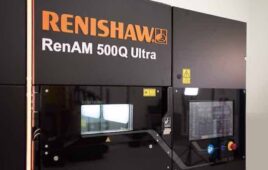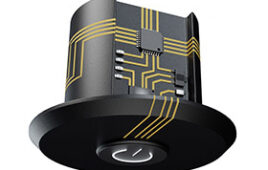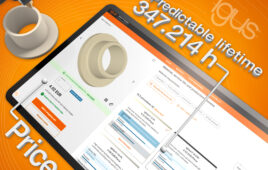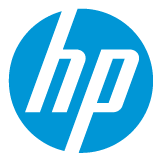Metal additive manufacturing (AM) processes such as laser powder bed fusion (PBF) provide real advantages when it comes to the production of orthopaedic implants. PBF can produce both solid and porous geometries in the same process, saving time and materials, while creating complex structures that can simulate the mesh-like porous properties of bone, as well as provide the strength and durability required of a medical implant. Porous textures can be built into implants of any shape or size – from acetabular cups to lumbar cages – allowing medical device manufacturers of orthopaedic implants to offer a full portfolio of superior implants using the PBF process for serial production.
Betatype helps clients in the orthopaedic implant sector reduce costs of metal AM for serial production of orthopaedic implants through its data processing technology, Engine. This technology optimizes the high volumes of build data, reducing process times, maximising machine usage, for lower cost-per-part.
Maximizing machine usage
Orthopaedic implants demand complex designs for optimal porosity size and distribution. This complexity usually means high volumes of data that can often slow down build processors. Betatype’s Engine build processor provides supercomputing power to overcome this problem.
Engine has a nearly limitless scalability for build generation as it produces optimized build data. For example, one client had serial production build data that produced build files in excess of 50GB. The Engine technology generated the data in a few hours since the platform could scale up to 640 virtual CPUs with 4.88 terabytes of RAM.
When applying its specialist algorithms for converting complex geometry, Engine lets designers work in lightweight file formats that are up to 96% lighter than traditional STL files, such as Betatype’s ARCH format or nTopology’s LTCX data. For example, a spinal cage model was only 8 MB as an LTCX file compared to 235 MB as an STL file. These conversions simplify and shorten the process, making the manufacturing process more flexible and cost-effective. Lightweight representations combined with Engine’s build data generation enable designers to innovate faster without mesh data.
Improving the use of an AM machine’s overall build volume is also important to improving serial production of orthopaedic implants. Betatype can stack implant parts by designing lattice node matched supports – using the full build envelope of the machine and producing multiple, complex implants in one build. These engineered supports are removed using standard media blasting.
Reducing build times
Build time can be broken-down into three major components, each of which can be addressed to speed up the entire build process.
These include:
• dosing (applying powder to the machine bed)
• fusion (applying energy to the powder bed)
• motion (movement between fusion)
Betatype has developed a portfolio of technologies that can directly optimize laser firing times and reduce delay times with or without the use of multiple lasers, resulting in the reduction of overall build times by as much as 40%.
In a recent project Betatype worked with an orthopaedic manufacturer and using this technology portfolio were able to decrease implant build time from 25.8 to 15.4 hours. The laser scan paths are optimized to reduce the total amount of firing and movement time required for complex lattice structures. Galvo-driven path optimization reduced delay times from 13 hours to 3 hours by optimizing the delays on an exposure to exposure level, ensuring only the prerequisite delays are applied. This reduced travel distances for the laser(s) from 170 km to 100 km.
The combination of metal additive manufacturing, specifically with the PBF process, and Betatype’s portfolio of unique technologies, enables faster and more cost-effective serial production of orthopaedic implants. By maximising machine usage, optimising data file sizes and reducing build times, Betatype is working with a range of partners in the orthopaedic implant sector to create safe, robust and more cost effective implants.
Betatype
www.betaty.pe
Filed Under: 3D printing • additive • stereolithography





Tell Us What You Think!